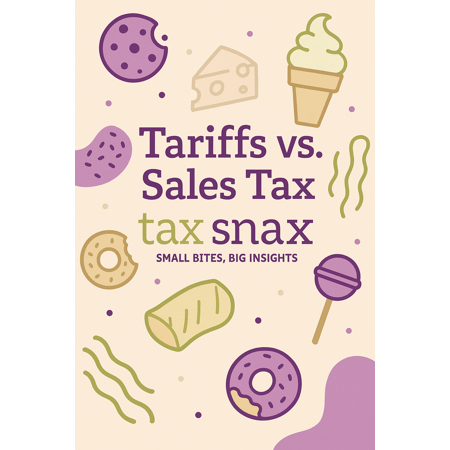
Tariffs vs. Sales Tax: Key Differences for U.S. Importers and E-Commerce Sellers
While tariffs and sales tax both add costs to goods, they serve different purposes and are not interchangeable.
Confusing them can lead to compliance issues and penalties.
Tariffs
Tariffs are federal taxes on imported goods, paid to U.S. Customs when items enter the country.
They aim to generate revenue and protect domestic industries. Tariffs are based on the product’s classification under the Harmonized Tariff Schedule (HTS) and calculated as:
Customs Value × Duty Rate
Sales Tax
Sales tax is a state-level tax on retail sales of goods and services. It’s collected at the point of sale by the seller and remitted to state and local tax authorities. Sales tax applies when:
- The product or service is taxable
- The sale occurs in a jurisdiction with sales tax
- The seller has nexus (physical or economic presence) in that state
Sale Price × Combined Tax Rate
Rates vary widely across states, cities, and districts, creating thousands of combinations nationwide.
Important Note: In many states, tariffs are included in the taxable base for sales tax, meaning you may collect tax on the tariff itself—a “tax on tax.” Though small per transaction, this adds up over time.
Quick Tip
- Tariffs apply at the border
- Sales tax applies at checkout
Both affect your bottom line. Track tariffs as part of landed cost, include them in the taxable base where required,
and price products accordingly to protect your margins.
